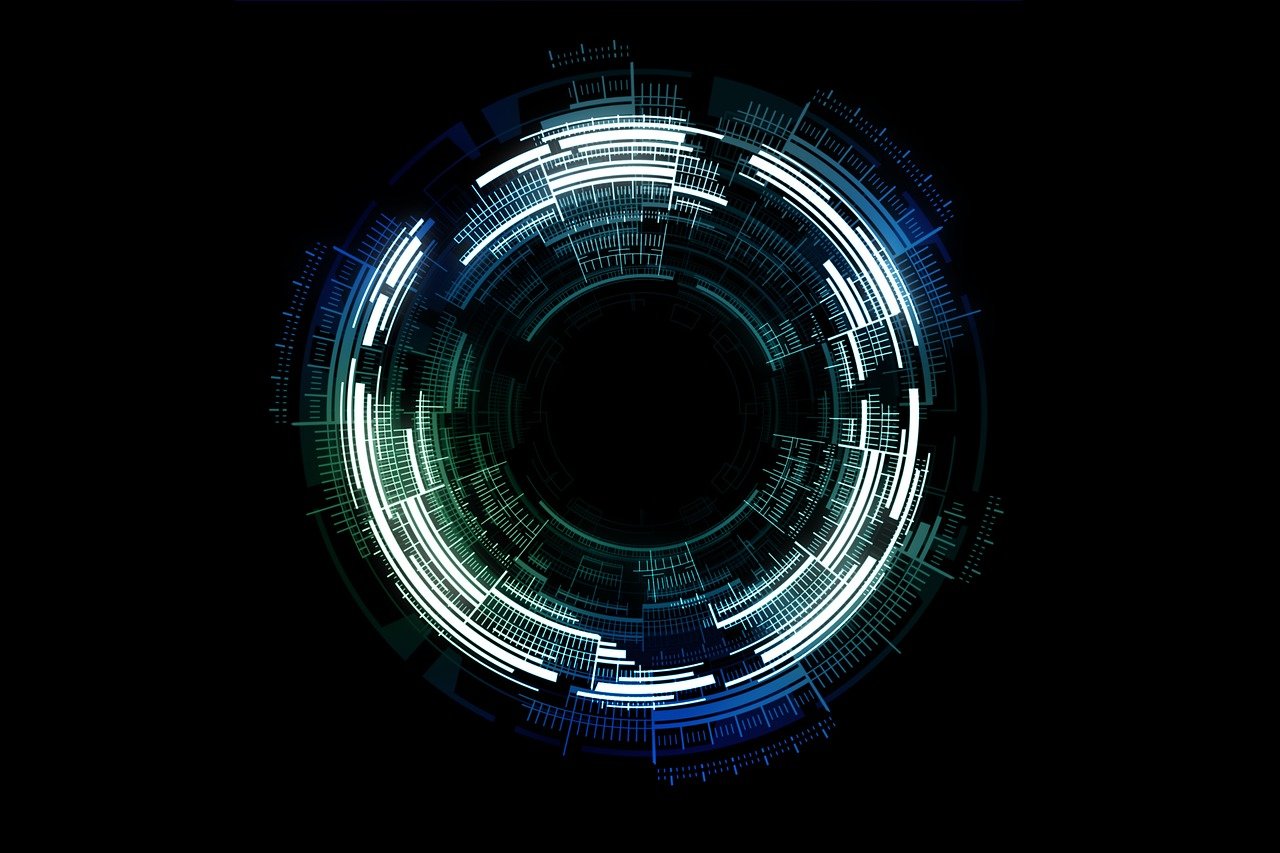Written by Sarah Doherty, Product Marketing Manager, iland
2020 was a difficult year all around. Many organisations are still adjusting to the new landscape while trying to plan for the future. Cybercrime was at its prime in 2020 with global costs climbing as high as $1 trillion, according to CSIS research. Unfortunately, with the pandemic dragging on and an extremely drained remote workforce that still needs to be secured, there is every chance that cybercrime will be an even bigger headache in the months ahead.
Numerous aspects are aligning to create even more dangerous situations. Organisations that fail to identify and address these impending hazards will be at risk from increased cyber-attacks and data breaches. But these types of imminent disaster can be averted with the right plans. By aligning security efforts with business goals, redesigning infrastructure, and looking at new technologies, organisations can build resilience while setting themselves up for future success.
Cyber-criminals are Prospering
With the pandemic triggering a swift acceleration of working from home, the potential of attacks for cyber-criminals has grown immensely. People are working in less secure environments, they are more distracted, and the pandemic has provided cover for an increasing number of scams. The possibility of the vaccine is certain to be exploited by ruthless attackers and the likelihood of an economic downturn will create larger numbers of these criminals.
It has never been easier for an aspiring criminal to purchase ransomware complete with technical support. These cyber-criminals are not who they used to be, but in reality, organisations are under attack from disciplined, professional, determined factions employing increasingly sophisticated strategies.
Insider Threats are on the Rise
Social engineering tactics have made it that much more difficult for weary and over stressed remote workers. Malicious insider threats continue to be a concern, but carelessness and simple human error can cause just as much damage to the data of any organisation. With the increase in remote working, the line between work and home has become increasingly blurred during the pandemic. This pressure adds to the already fragile state of many employees which can then lead to mistakes. For example, sending an email to the wrong person, attaching the wrong file, or falling victim to what seems to be a reasonable request which can then turn out to be a scam, are all potential risks.
It is critical to be prepared for this developing threat and organisations must continue to support remote workers, encourage a healthy separation between work and home life, and set clear policies on how social media and different kinds of technologies can be used. Continuous education and rigorous security awareness training are vital.
Be Aware at all Times
Third-party cloud providers and the use of personal devices can create unforeseen difficulties for security professionals. As organisations design a new architecture, it is crucial to be aware of what’s going on across the extended network. It’s key to review potential points of failure and build that into not just resilience planning, but also risk assessments.
Be Prepared and Plan Ahead
Securing the integrity of assets throughout an organisation isn’t just about properly configuring and integrating the right technologies, it’s also about supporting your greatest asset, your people. Focus on collaboration will earn rewards across your organisation, and business security alignment is an important aspect for success. Build awareness internally and work collaboratively with your partners and don’t be afraid to work with their teams who should have years of experience and expertise to share with you and your teams.
Look to the future and prepare response plans that clearly define the various roles that will be needed from all business teams. Working together within the organisation and with your technology partners can aid in your ability to effectively respond to any new threats while also maintaining a high level of service. Creating business resilience while maintaining business goals will continue to help build confidence among customers and employees.


